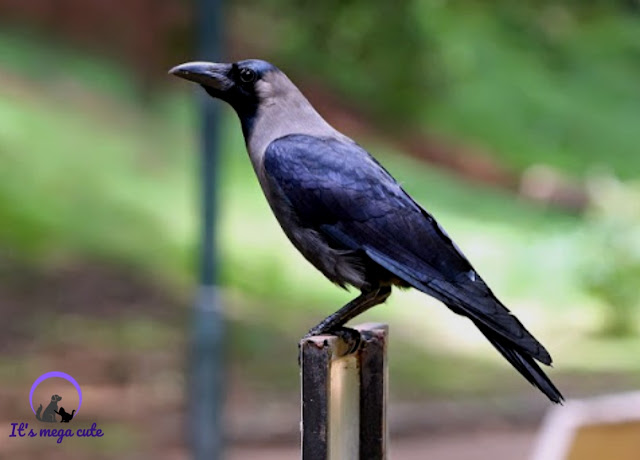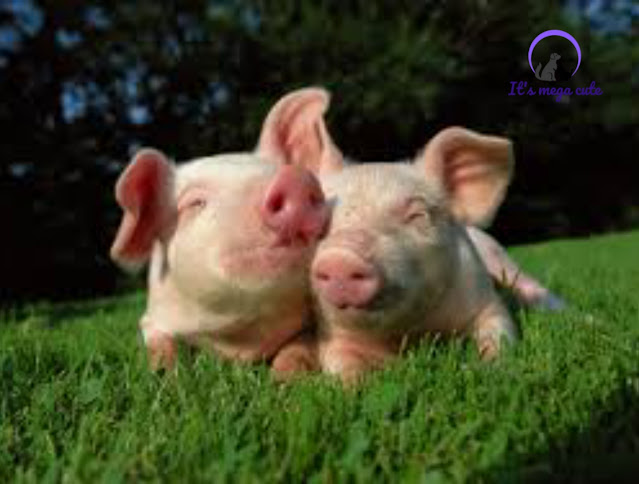10 unimaginably smart animals: maybe smarter than humans
Scientists have always struggled to search for animal intelligence because comparing animals to humans or even animals to other animals means you could miss out on some of the intelligent techniques they used to survive in their environment.
The way animals have learned to adapt to their environment can only be described in an impressive and difficult-to-imagine way and can surprise you with its intelligence to solve problems and survive.
Chimpanzees have a better memory than humans:
The intelligence of chimpanzees is relatively well known and so it is a common goal of study by scientists, one of how chimpanzee memory has been studied is to hide food under the colored boxes in front of it, then the chimpanzee had to point to a box and if it contains food, it gets it.
Then the memory part arrives and the boxes are hidden for 15 seconds, then they can make another choice. On average, the chimpanzee was able to remember 4 elements and the best he could remember was 7.
This may not sound impressive, but it is very similar to the way humans perform similar tasks, but the memory of chimpanzees does not stop there, because chimpanzees outperform humans in certain cognitive tasks.
When a series of numbers is displayed on the screen and after a short period, only about five seconds are hidden by white squares, the humans who perform this task often fail to remember all the numbers, but chimpanzees have no problem with that, as this can successfully memorize sequences of 9 numbers.
Elephants understand the power of teamwork:
The fact that elephants are intelligent beings is not a surprise. Their brains are three times larger than a human brain, which means they also have three times as many brain cells. Elephants' intelligence has been well studied, with evidence that they can learn through simulation, empathy, and even interest in other, smaller elephants. Good luck.
These are all traits that are not often seen in the animal kingdom, as many animals only take care of themselves, and the most interesting thing about elephants is that they can cooperate to achieve a goal.
Scientists tested this by putting food in a box and the only way for elephants to take food was for the elephant to pull two separate ropes at the same time. Even more impressive, the elephants were able to do so, after learning that elephants had to work together to achieve their goal: ropes unless there was another elephant nearby.
A parrot's capabilities are much more than its ability to speak:
Everyone knows that parrots can reproduce human language, but what is not popular with parrots is that some people also think they can understand what they are saying.
The best example of this is Alex's parrot, a very intelligent parrot whose name was the abbreviation of "Avian Language Experiment" because Alex was so intelligent that he was able to correctly answer questions aimed at six-year-olds and that is why he was called The Name "Einstein Parrots".
Alex was able to identify colors and shapes and answer questions about the objects presented to him, he knew how to identify a variety of objects by name as well as compare them using terms like "bigger" and "smaller".
When the researchers worked with other parrots in the lab, Alex would often respond and tell other parrots to "say better," in addition to the researchers' belief that he had the emotional level of a two-year-old.
Unfortunately, Alex died suddenly at the age of 31, as the researchers said they didn't think Alex had reached his best yet.
Dolphins can mimic human actions:
This title may seem a little strange and you may be wondering how an animal without arms or legs could imitate us, but it turns out that dolphins can do it by using their fins and tails to try to imitate what humans do.
If a person floats on his back in the water, the dolphin can imitate him and if he moves his arms, the dolphin can imitate him also with his fins and the most impressive is that the other senses of the dolphin are very developed.
Some birds can plan ahead:
The ability to plan for the future is something that distinguishes humans from many animals. We can define both long-term and short-term plans, which means we choose actions that will benefit us more in the future than those that will benefit us less. at present.
But there is a specific type of bird, which is the western bush bird, which is also capable of doing so. Scientists tested it by allowing these birds to access and eat food, and then give them a time frame to store food for the future.
Birds can eat first so that their current emotional state due to hunger does not affect their decision to store food, and then the birds choose to store food the next morning, indicating that they not only think in the present time but that they are also able to make decisions that will benefit them in the future.
Pigs can use mirrors:
The mirror is often used to assess whether or not the animal can recognize itself in the mirror and it is surprising that few animals can do so. If you have a pet, try to place it in front of the mirror and observe its reaction Another animal in the house.
On the other hand, pigs can use the mirror in slightly more complex tasks, as the pigs were left with a mirror in their cage for about 5 hours, so that they could get used to it and after that time, a bowl of food was placed. for them in a place that the pig could only see through the mirror.
Almost all pigs were able to find food quickly, which means that they were able not only to identify the food in the mirror, but also to use the mirror to identify the characteristics of their environment and understand that they are a reflection of the real world.
Pigs are among the most intelligent animals, learning to move the cursor on the screen with their noses, so it should not be surprising that they can use mirrors effectively.
Bonobos can learn to communicate
The bonobo, until recently called pygmy chimpanzee or chimpanzee, is a great ape. Bonobos can perform activities that go beyond what is expected of them. What makes bonobos particularly interesting is the diversity of skills that some of them have learned.
One of them was able to learn sign language and symbols for communication and the most impressive is that he was able to learn some of his sign languages simply by watching a video of another intelligent animal.
He can communicate with researchers only on the basis of the symbols he has learned, he can not only communicate but also learn to sharpen stones to cut ropes to access food, and, like some other bonobos, he was able to learn to cook in the oven, without the researchers ordering him to do so.
Cows are educated by nature:
Cows are animals whose intelligence is unknown. When you see cows in the fields, it's like they're wandering around thinking and eating grass and they often do.
But what may surprise is that cows have social circles and avoid cows that have never treated them kindly and become friends with those they have handled well before, an interesting discovery because it shows that cows can better understand social circles than some. Human!
Another great discovery about cows is that when researchers reward cows for a good performance on a job they performed well at home, their heart rate increased and they were stronger in their movements than they were when they were rewarded for no reason, it means that cows and humans prefer to be rewarded for what I did. , instead of just a random bonus.
Imitate the octopus:
Octopuses are a little different from all the other creatures on this list, mainly because they are not mammals but invertebrates, but don't let that affect the way you see them.
Octopuses are considered the smartest invertebrates in the world because they use their strangely shaped bodies to solve problems uniquely, for example an octopus can hold a jar and use its very flexible arms to open it to eat its Content.
This may not seem to require much intelligence, but an important point to remember is that the jars are designed to be opened by hand with the thumb, which is missing from the octopus, but this is not the limit of their intelligence, because imitating octopuses can successfully imitate other animals to scare off predators.
This means that octopus imitation can mimic other sea creatures in shape, color and movement, and among the sea creatures it can imitate: eel, rays, jellyfish and others, they can adapt their bodies to mimic the shape of these. Creatures, it is certainly a skill that requires their knowledge of their body as well as their ability to know the shape of other creatures.
Rat mazes:
Some people know how to put mice in mazes, this classic experience where you put cheese at one end and a rat at the other end to see if they can solve this and get to the cheese, but did you know that this indicates a high level of intelligence?
To accomplish this task, mice must process a large number of sensory signals and analyze their environment to find their way out of complex spaces. More surprising, they are like elephants because mice show altruism and help other members of their species.












Comments
Post a Comment